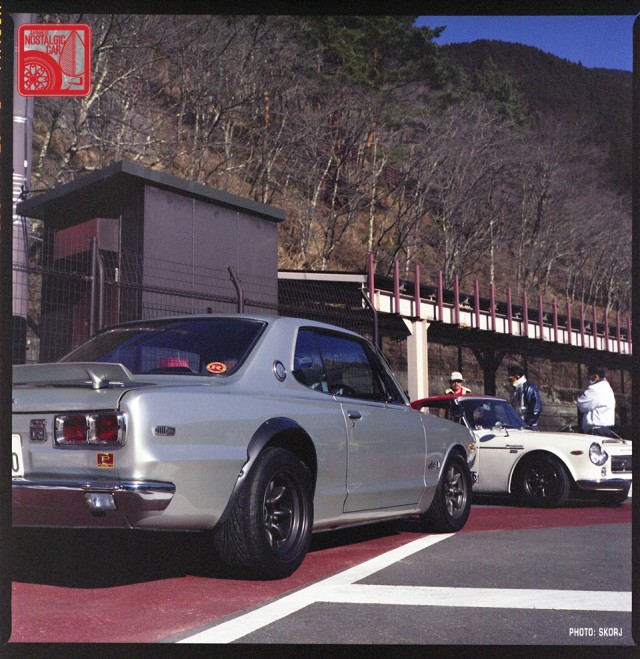
In the far western outskirts of Tokyo, Okutama-ko (Lake Okutama) has been a popular weekend destination for many years. The scenic touge on the north and south sides of the lake provide a popular destination for weekend motorcyclists and kyuusha drivers accordingly. With weekend work reforming our minka, we decided instead to grab an old camera and use some long-expired film on the cars at Okutama-ko.
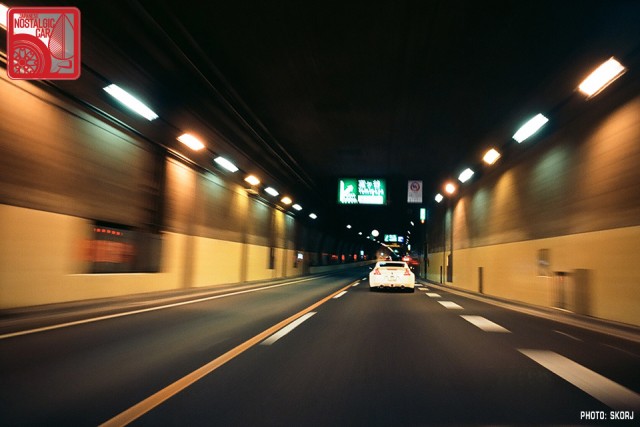
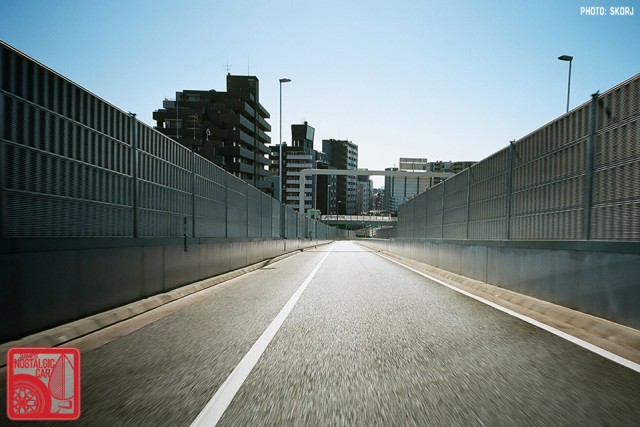
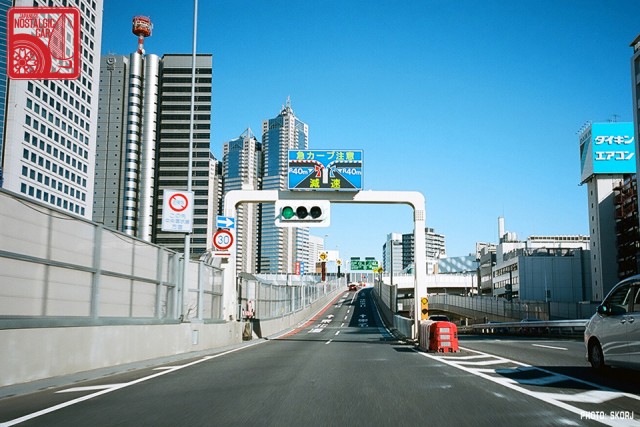
Taking the Yamate Tunnel on the Shuto, followed by a stretch on the Ken-O Expressway, we enjoyed clear blue skies, and a clear run of any traffic on the way out.
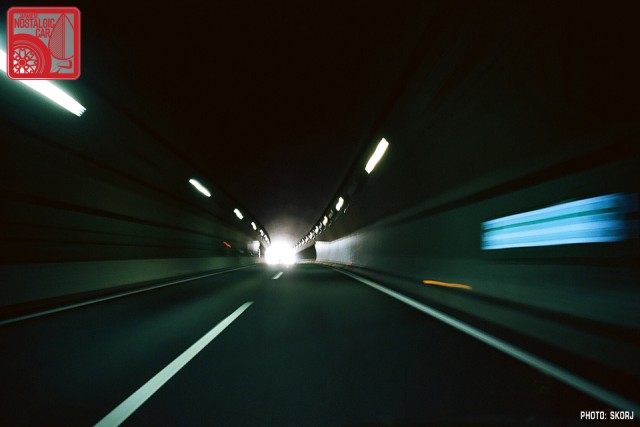
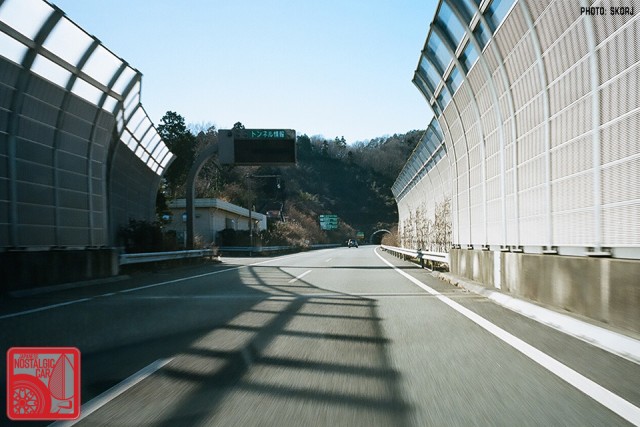
While technically part of the Tokyo 23-ku, Okutama-ko is 80km or more from central Tokyo and adjacent to the borders of both Saitama and Yamanashi Prefectures. The lake was formed in 1957, when the Tokyo metropolitan government built the Oguchi Reservoir as a fresh water supply for Tokyo.
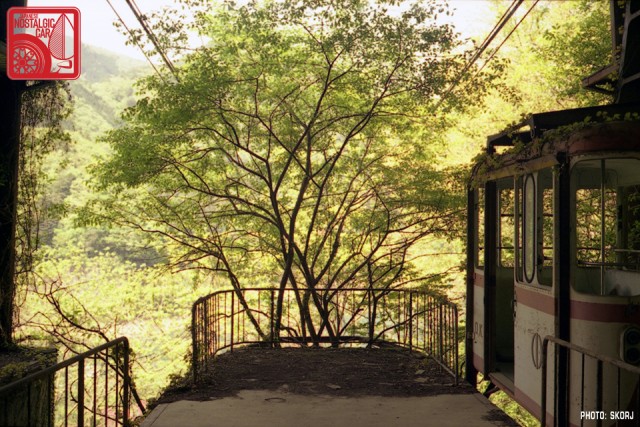
The construction of a scenic ropeway over the gorge was completed at the same time, and soon made redundant in 1962 when a road bridge was opened across the same part of the previously unaccessible lake.




While the ropeway has remained closed since, its remains, including cars, control station, and waiting room stand in the secluded forests on either side of the reservoir. The only clue to its existence are the overhead wires running unused across the upper reaches of the lake.
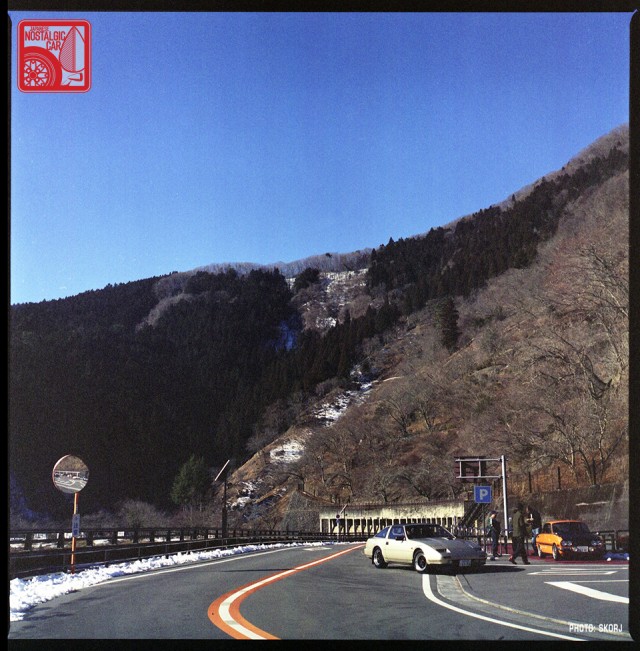
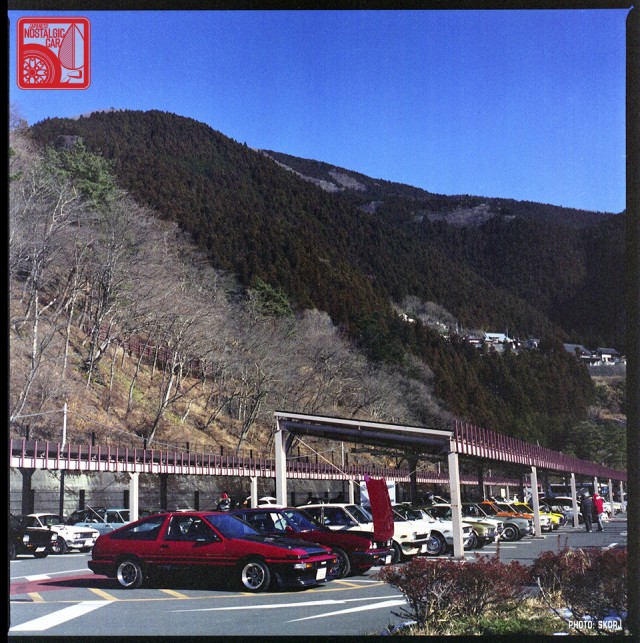
We arrived at the parking area, nestled between tree-lined hillsides, to be greeted by rows of kyuusha overflowing from the covered spaces. In typical Japanese fashion, each was lined up perfectly with the car beside it and all were facing the same direction in an impromptu car show.
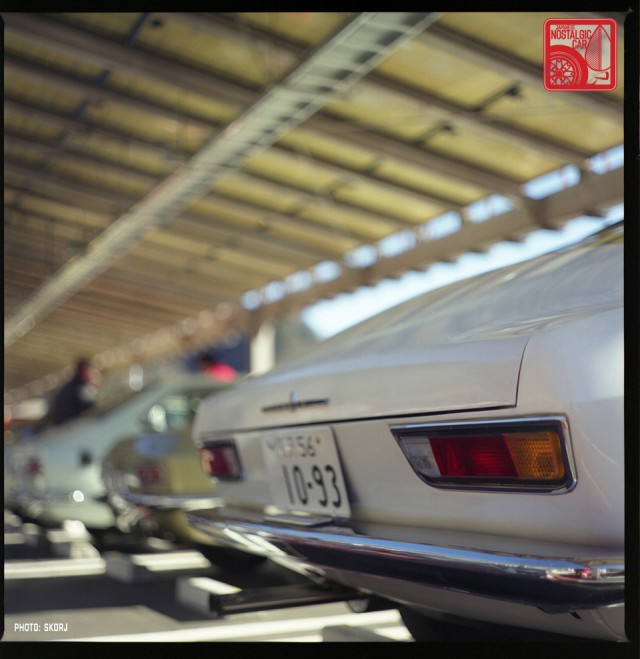
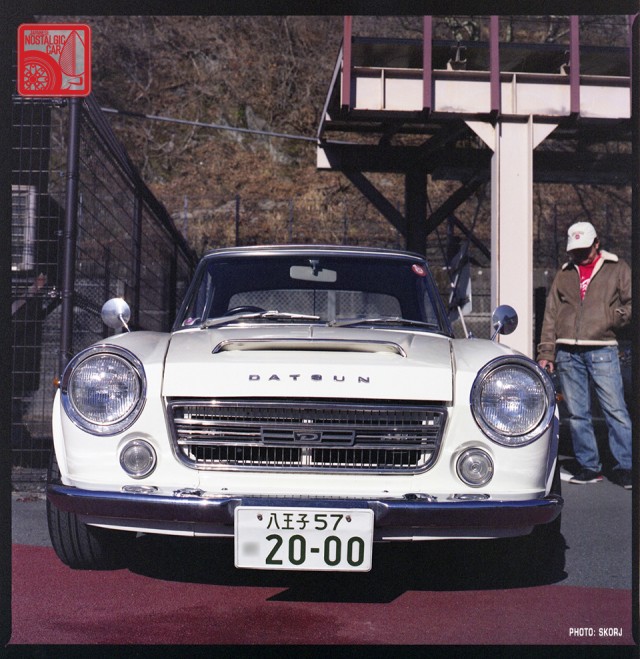
Unlike the nighttime touge drifters with their S13s and FCs, the Okutama crowd is mainly stock with a focus on domestic classics of the 1960s and 1970s. It’s about motoring, not battles. This is in essence the atmosphere we were aiming for when JNC‘s US crew held the first Touge California earlier this year.
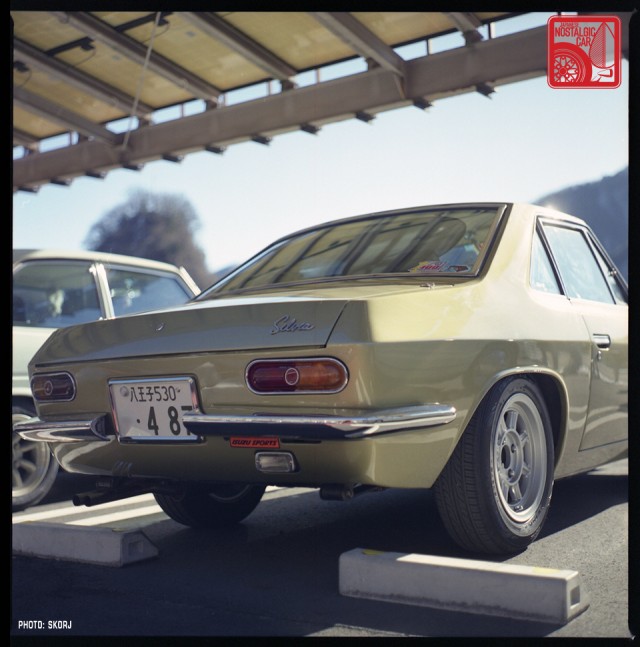
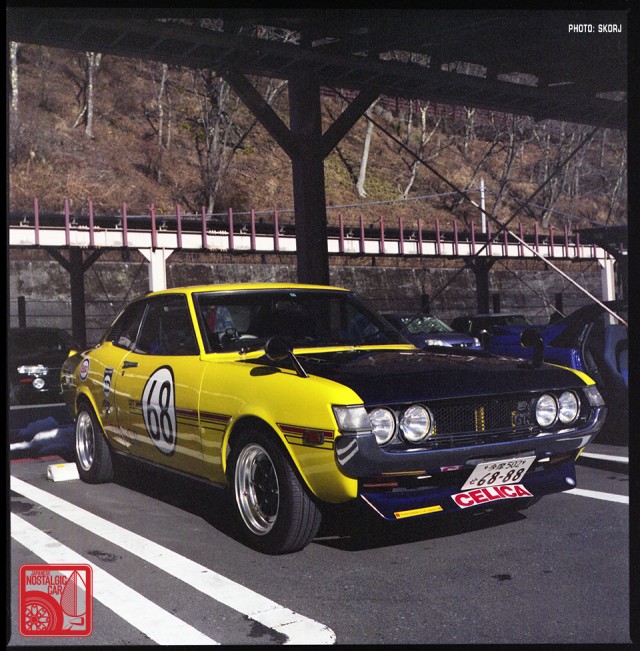
However, the occasional Bubble Era hero, such as the AE86 Toyota and Z31 Nissan shown above, enter the mix. Sometimes track machines like a caged Daruma Celica joins the fray as well.



Sixties sub-liter runabouts like the Honda S600 and Yotahachi are welcome and well-suited for slicing through narrow mountain roads.
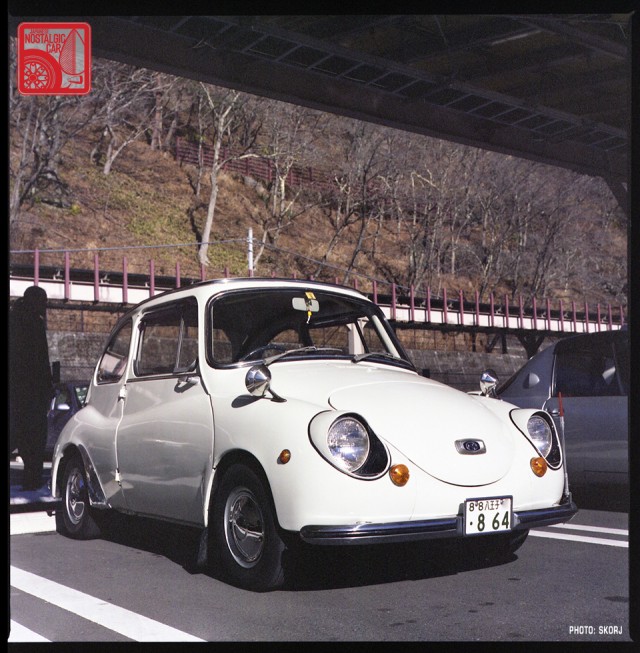
Even the humble Tentoumushi, (lowered on a sport suspension, perhaps?) makes an appearance!
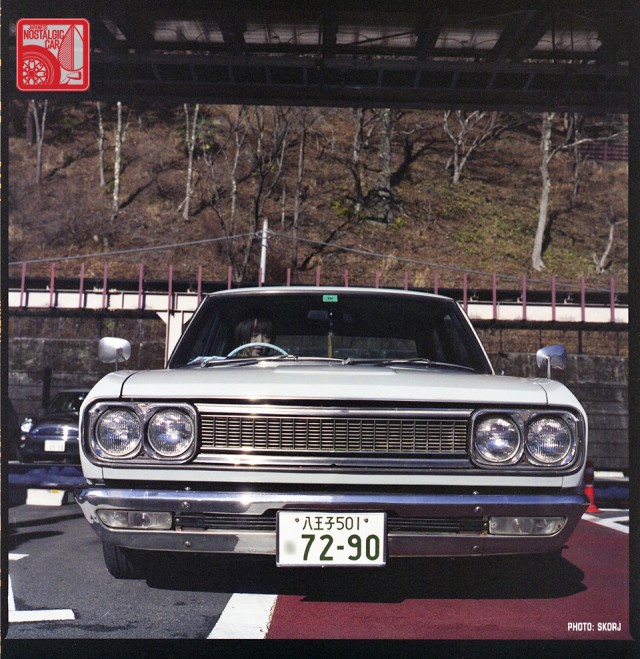
A similarly dropped Cedric Special 6 turned a straight-laced executive sedan into a purposeful tarmac machine.
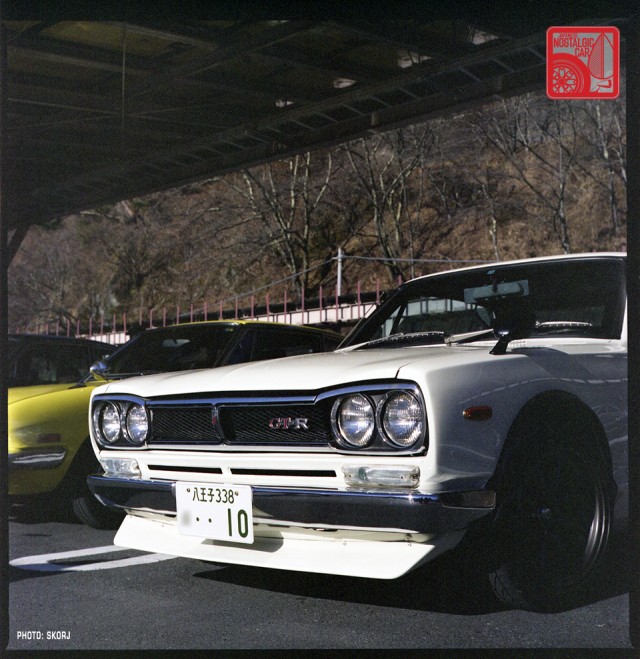
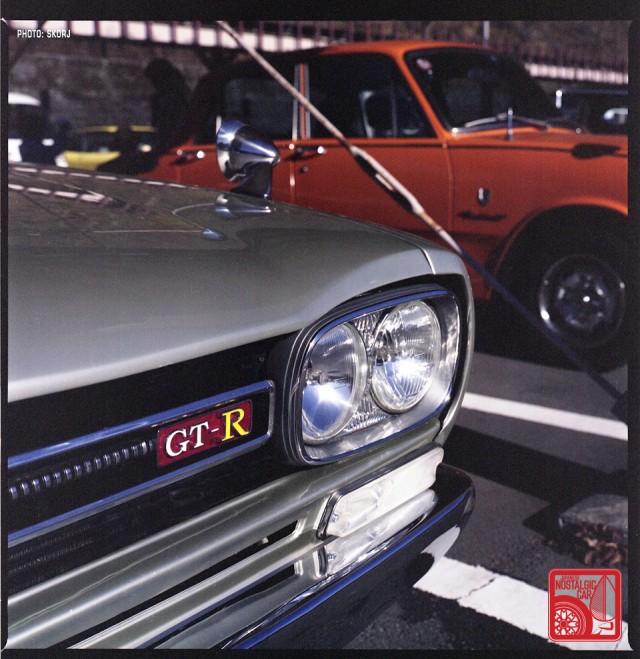
Of course, no kyuusha gathering would be complete without a Hakosuka Skyline or two. However, as can be seen from the Bellett sedan in the background, perhaps the most well-represented marque here is, oddly, Isuzu.
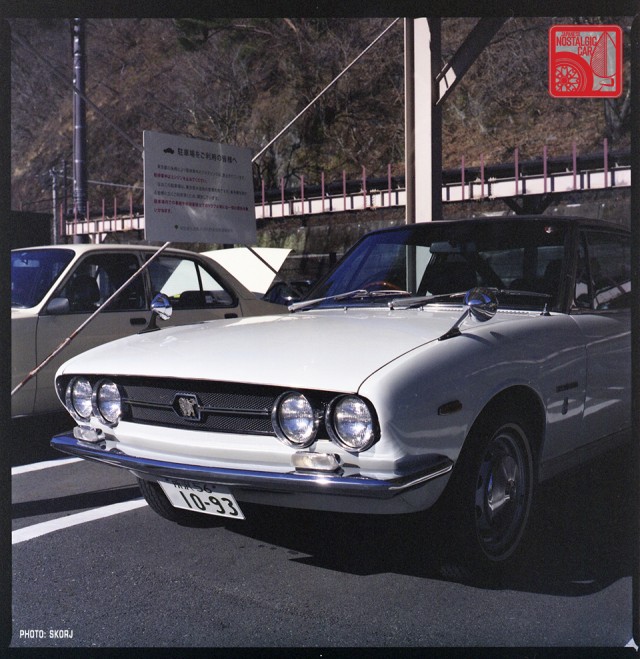
Perhaps the most distinguished example of the marque was an early, hand-built Isuzu 117 Coupe, distinguishable by the bumper-mounted indicators. Several other 117s, Belletts and Geminis attended the session as well.
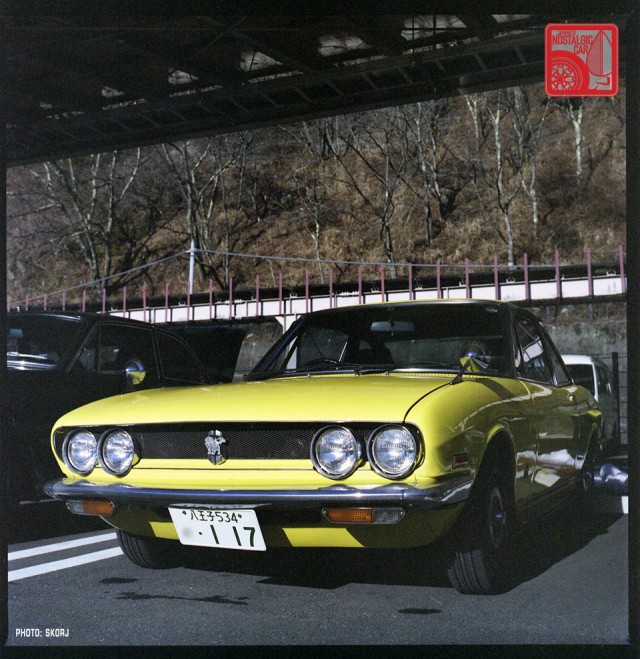
A number of years ago, the shacho of a nearby Isuzu garage asked his friends and customers to come for a touge run and meet at one of the scenic parking areas near Okutama-ko. The weekend drives continued with a strong Isuzu presence, but as one can see, these days the Sunday crowds consist of a wide range of cars and motorcycles.
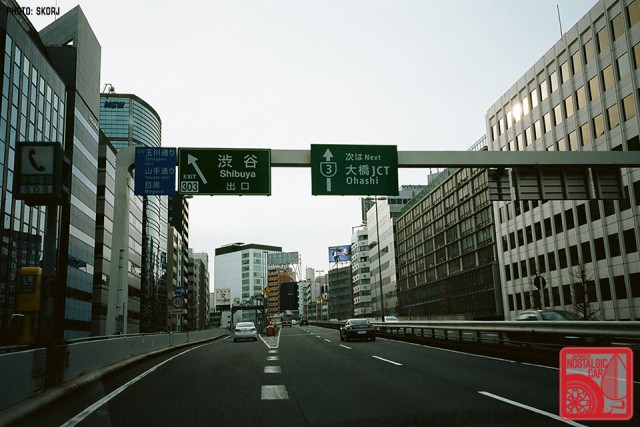
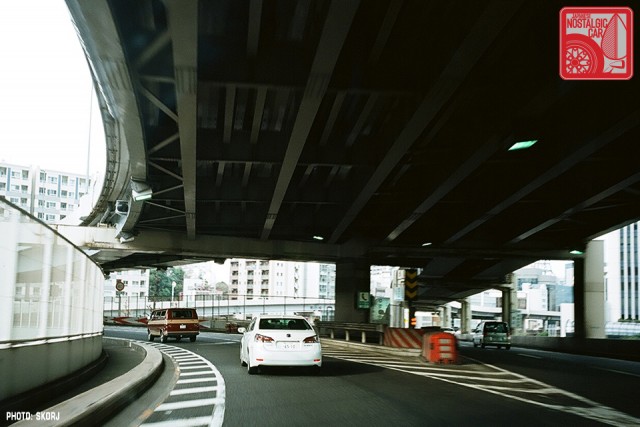
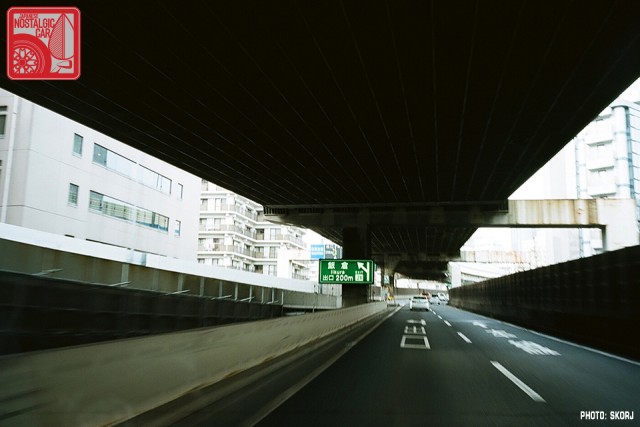
While the afternoon skies clouded over, we enjoyed the relatively light traffic back into Tokyo for lunch. Though with numerous restaurants, walks, and other sights that dot the area, a drive back is thoroughly recommended, and not just in an Isuzu.
Skorj is a photographer living in Japan and co-founder of Filmwasters.com.


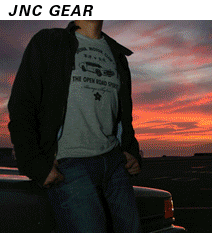
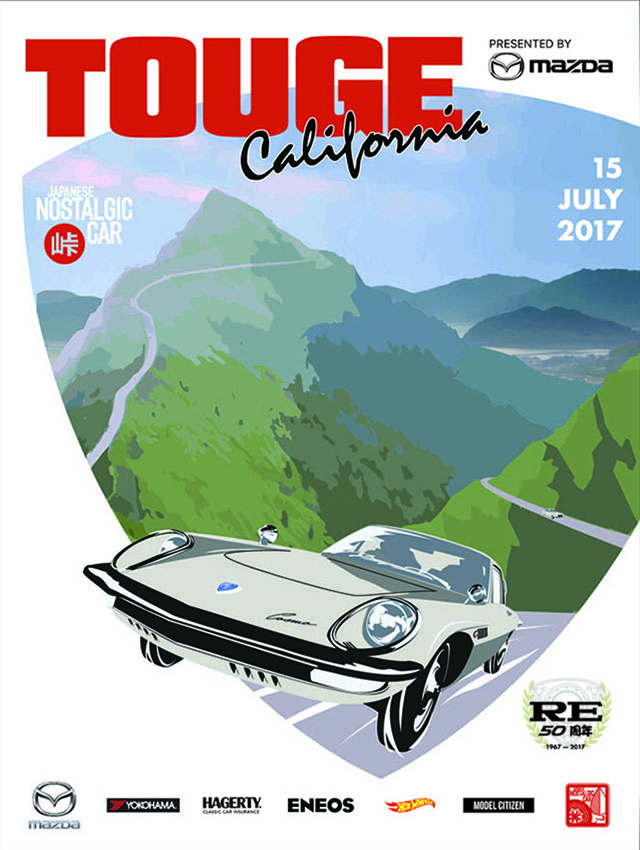
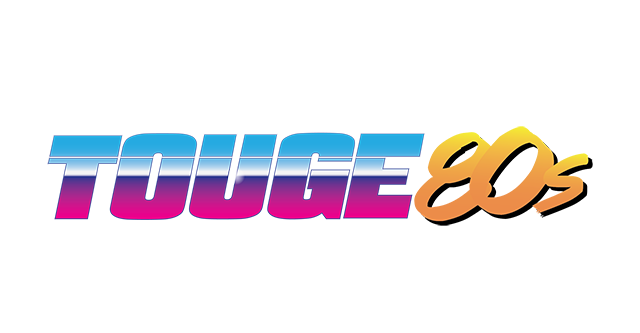
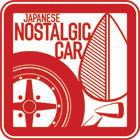
These “noisy” photos are excelent. I love the vintage feel they give Your articles. It’s like You would have a time machine on your command.
Thanks! The same old digi-snaps of the same cars gets routine sometimes, so I try to think of interesting ways… The 35mm stuff is new film in a Ricoh GR-1, but the square format is expired Fuji film behind an old lens on a Bronica. Gives a nice look if you’re lucky!
Another good story Skorj…looks like winter.
There are indeed places in Japan where the snows stay through summer, Okutama-ko isn’t one though. This was shot in late Spring, but it took me ages to collate the photographs and coherant words. Hopefully if the interest is there, more can follow.
Yes, part two sounds cool to me !
Tell the truth Skorj, it was the damn site’s editor that took too long to post the story!
That too…
Wow, great photos Skorj!
Do you have a Flickr profile where we can follow you?
Sure! Click my name.
Could almost feel the crisp air and smell the exhaust and coffee as a small can warms hands.
The plate on the ladybug and the Isuzu sticker on the Silvia caught my eye. Any info?
The pics of the ropeway station have an amazing feel and stir the imagination. The open car almost seems to be inviting an unsuspecting Japanese family into a Miyazaki adventure.
The license plate on the Subaru 360 is an original kei (360cc) size and format I think – ‘Hachioji 88’, and the ‘Isuzu Sports’ sticker is available from Eagle Sports. Not sure if available on their HP.
The ropeway is indeed a magical place. You leave the modern world, climbing up a small path from the road, and emerge into a clearing with the machine room, ticket box, and landing station. No vandalism or tagging, just natural decay, and looking out over the lake you can see little else except the swaying trees and the lake. The only reminder of where you are is the sound of the occasional sport bike on the road below…
My cursory search came up with 1975 as the year Kei cars changed from small white plates to medium yellow plates. However, I would be interested in more insider info about Japanese license plates: Did backlit plates on ’80’s saloon cars disappear with permed hair or still popular? Would Trump need Shinagawa plates for his helicopter to show his status? How does Rocky Auto never seem to run out of custom number plates? Are poser replica plates as cool as they think they are? Seriously though, if anyone knows a good article, or if Ben could coax a JNC guest writer into one, it would be much appreciated.
Ahhh… Ben’s suggested before an intro on Japanese plates would be a good piece. There’s so much info – notably as the size (kei, regular), shape (cut corners), color (commercial), location (kanji or hiragana), red stripe or outline (dealer), two or three digits (year), 500 or 300 series (rental), and then one, two, three, or four main digits and use of spaces.
There’s even a joke in there about furigana plates coming from the equivalent of Tasmania or Newfoundland…
But, to answer some questions, as far as I know. Backlit plates are still to be seen, and while most are 88-88 and seen on big local saloons (the yak implication you mention), they also appear on trucks and Nissan Cube, and everything in between. Perhaps more popular outside of Tokyo than anywhere else.
Shinagawa plates do indeed carry some level of status, but most comments on my Shinagawa series are more about the amazement we have driven all the way from Tokyo to Iwate or somewhere remote than anything else.
Rocky Auto will never run out of custom numbers as they are freely available for choosing from any series (denoted by hiragana prefix). So with 48 kibo numbers the same available for every main sequence per location, there’s plenty go around. Plus, at only 6000 yen to choose, there’s no price implications either with all kibo numbers being the same price.
Replica Japanese plates look silly, mostly because the font is always wrong (check the ‘9’ to start, it is not an upside-down ‘6’), and the character sequence is all messed up. One set I saw on a recent trip to the US had even put the front plate on the rear, and the rear plate on the front. How embarrassment. That’s like handling your sushi the wrong way.
Thats a good point how historic artefacts are respected to exist.
If that was Australia, that would have been vandalised or had things stolen by now.
I like how the japanese have a respect mentality and that is right through their culture from an early age.
Beautiful photos. I wish I could have been there to see all those Zus! The photo with the orange Bellett 1600 coupe in the background appears to be identical to the one I saw at Okane-San’s shop. What a great turn out of cars! Thanks for posting this.
Yes, quite likely the same car. Though, when we visited they had a two minty ones for sale, as well as the shacho’s demonstrator Type-R, all in orange.
Wow, lots of Hachioji plates
I used to live in Minami Osawa and worked in Sagamihara.
With Okutama-ko being in the far west, its a local drive for the Hachioji cars. 90% of the attendees all come from out that way.
Beautiful work as always Skorj! I truly enjoy your photographs and reading your articles!
Thanks! Hopefully, we can squeeze in a few more soon. I just need to find the time to bang out some words to go with the photographs.
And that is why I still check filmwasters occasionally. Still sling film as well myself. Getting harder to find people to develop color locally. I have started to try and dabble in the caffinol developer myself. haven’t really succeeded yet. Beautiful work as always sir!
Caffinol? Hard core! I just C-41 my stuff. The 35mm gets put onto CD for me for the same price. The hardest thing I have to do is scan 6×6…